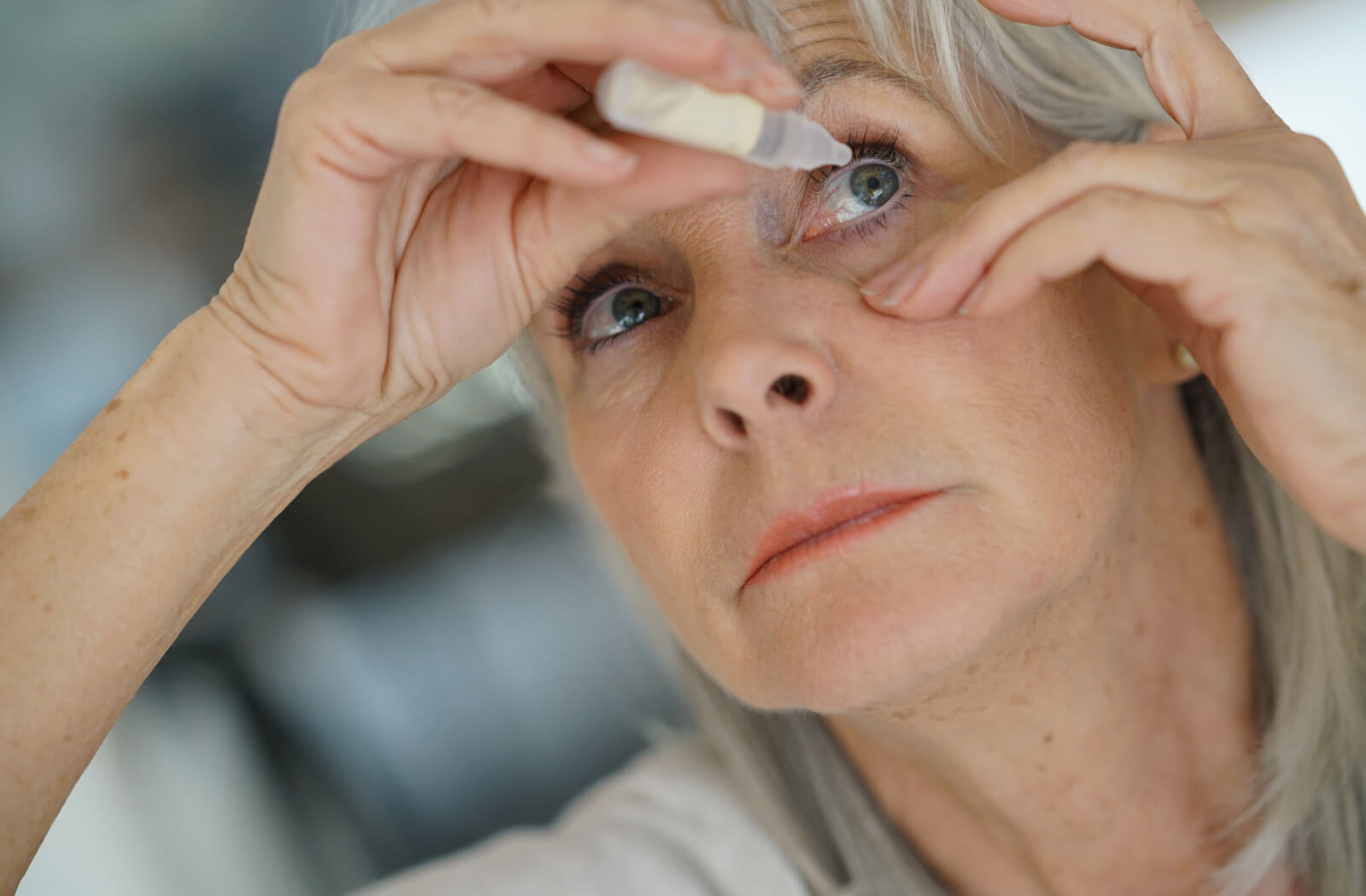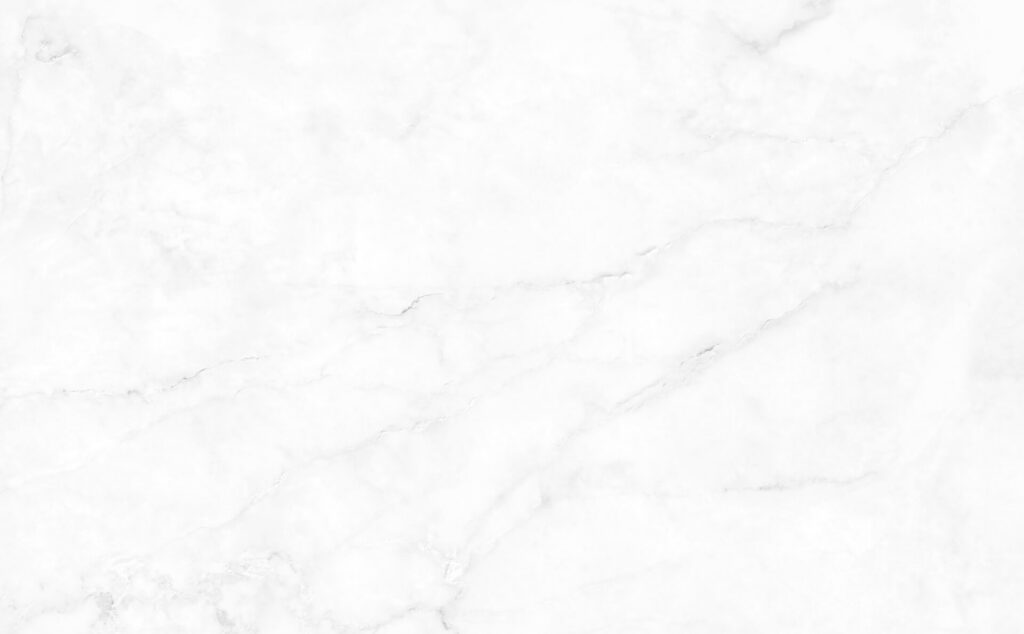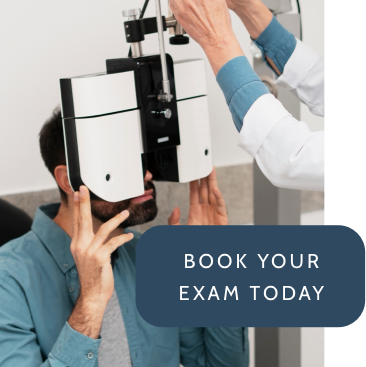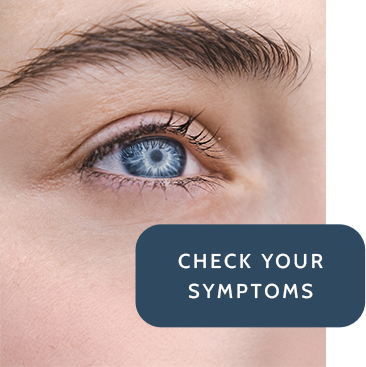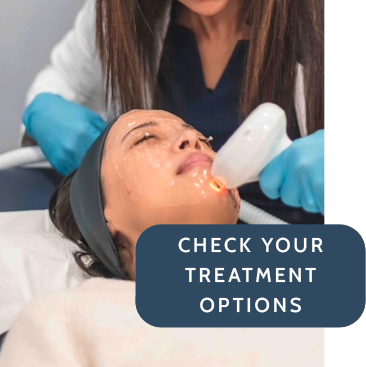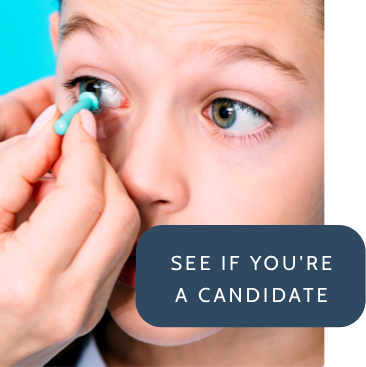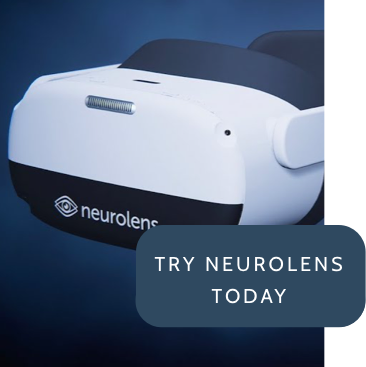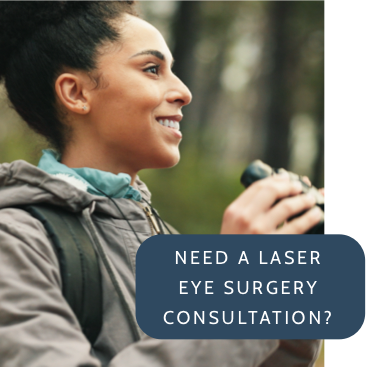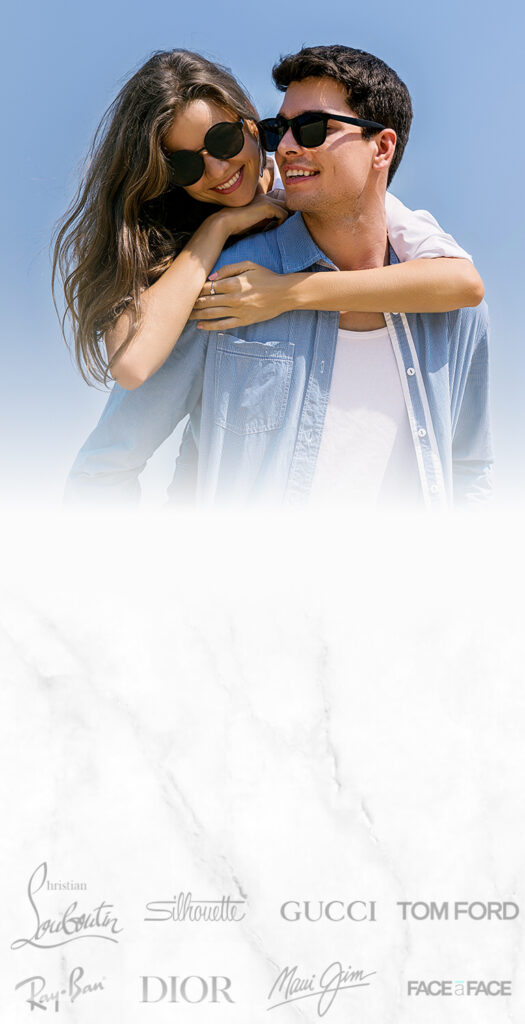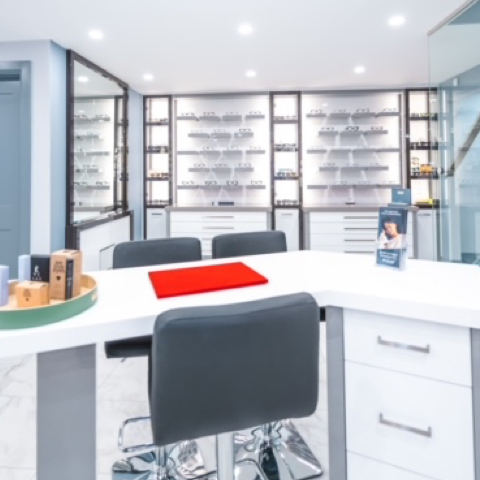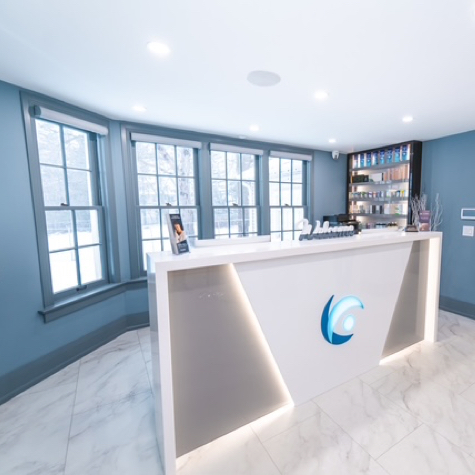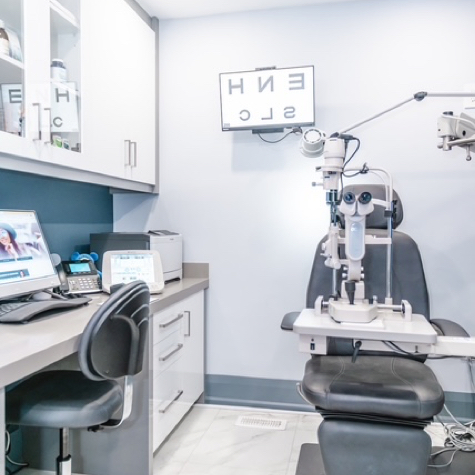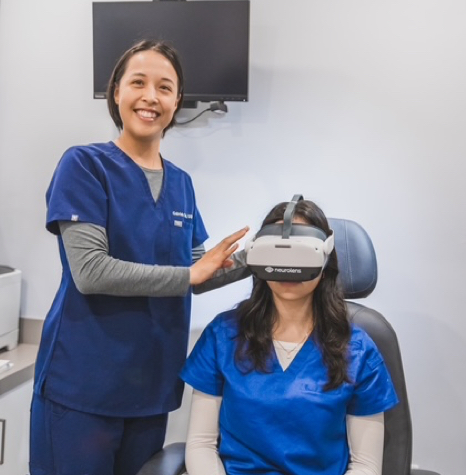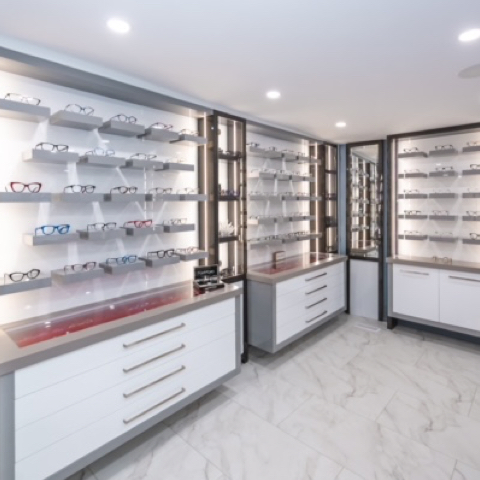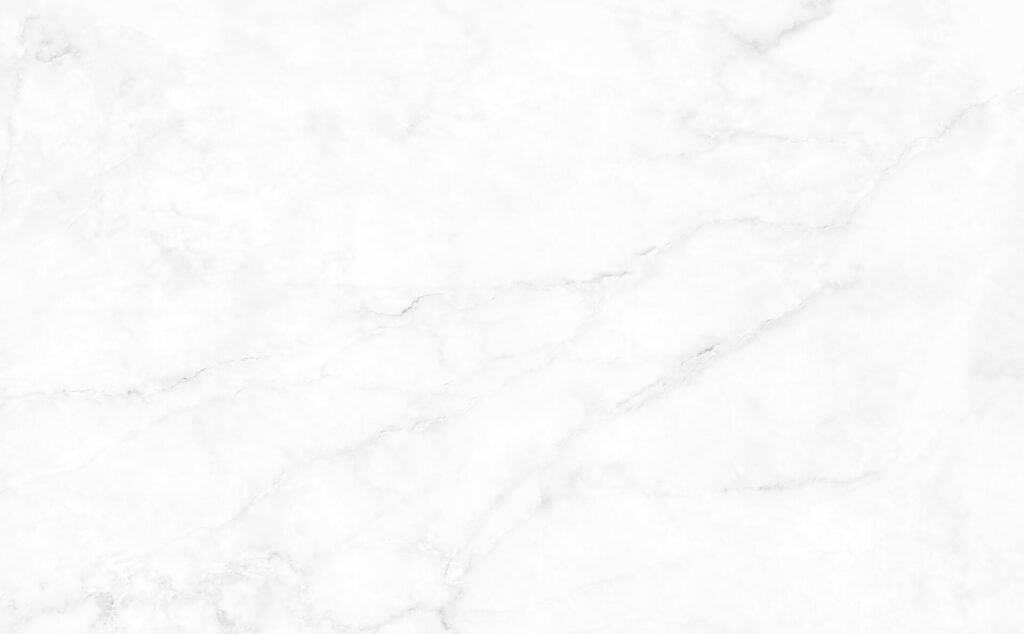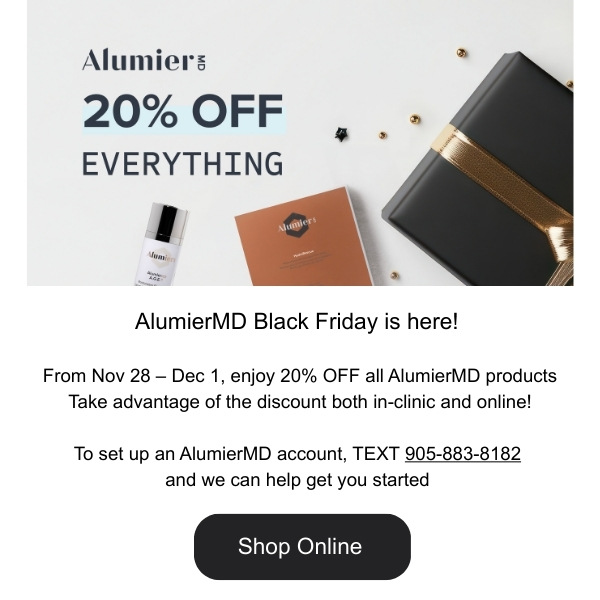Whether you are a veteran at wearing contacts or just trying them for the first time, it’s important to always practice good contact lens care to help maintain healthy vision.
Eye drops can be a useful tool to keep your eyes hydrated and healthy while wearing contacts. If you are a contact lens wearer, eye drops can be a helpful part of your eye care routine. However, you need to make sure that your eye drops are safe to use with contact lenses.
While eye drops are widely available over-the-counter at your local supermarket, it is important to remember that not all eye drops are created equal. Some eye drops are not suitable for use with contacts, as they may contain ingredients that can damage your lenses or cause discomfort.
There are many types of eye drops that are safe to use with contact lenses, including prescription and over-the-counter options. Ask your eye doctor prior to starting any new eye drops to ensure that the drops are safe to use with your specific contacts.
Why You Should Use Eye Drops with Contacts
Eye drops are a common solution for a variety of eye-related conditions, including dry eyes, allergies, and inflammation. As a contact lens wearer, you may find that experiencing these conditions can make it uncomfortable to wear your contacts.
Contact Lenses & Dry Eyes
Dry eyes are a very common eye condition that impacts an estimated 6 million Canadians. Dry eyes can cause a wide variety of uncomfortable symptoms, including:
- Irritation
- Redness
- Increased watering
- Sensitivity to light
- Blurred vision
In some cases, it is also possible to develop corneal abrasions (scratches on the surface of your cornea) due to severe dry eyes. All of these potential symptoms of dry eyes can make it incredibly difficult to comfortably wear contact lenses.
One of the most common at-home treatments for dry eyes is lubricating eye drops or artificial tears. These eye drops can help to supplement the lack of naturally occurring tears that are causing you to experience dry eyes. Using eye drops throughout your day can help to provide relief from dry eye symptoms and help keep your eyes hydrated and healthy.
Even if you do not commonly experience dry eye symptoms, it is a good idea to carry eye drops with you throughout your day. Eye drops can provide quick, on-the-go relief if your eyes become dry or irritated while wearing contact lenses.
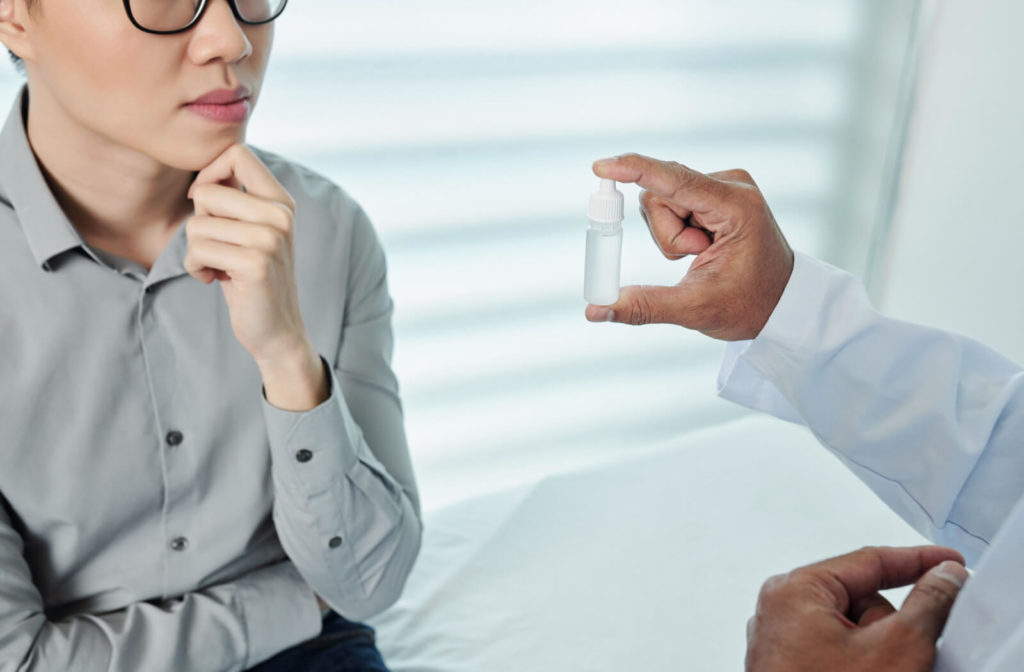
Choosing an Eye Drop
Eye drops can be a useful addition to any eye care routine. With so many options available on the market, it can be overwhelming to determine which eye drop is best for your specific vision and lifestyle needs.
Most over-the-counter eye drops fall into one of four categories: redness relief, allergy, dry eye relief, and contact lens rewetting.
Tips for Using Eye Drops with Contacts
Choosing the right eye drop for you is an important part of maintaining healthy vision. As a contact lens wearer, here are a few things you should consider before using eye drops:
- Make sure that your eye drops are safe for contacts. Only use eye drops that are explicitly labelled “for use with contact lenses.” Using an eye drop that is not formulated for use with contacts can cause irritation, redness and potentially damage your lenses.
- Avoid eye drops that reduce red eye. Eye drops that are formulated to reduce red eye contain ingredients called “vasoconstrictors.” These drops work by shrinking the tiny blood vessels in the white part of your eye and only provide temporary relief. The drops may also leave deposits on your contact lenses. If you are experiencing red eyes while wearing contact lenses, it is best to remove your lenses and allow the redness to clear up on its own.
- Opt for a preservative-free option. Some eye drops contain preservatives that can irritate your eyes and cause discomfort, especially when wearing contact lenses. There are many preservative-free eye drops available, and they will be labelled as such.
Lubricating vs. Rewetting Drops
As a contact lens wearer, it is most common that you will be looking to purchase eye drops for dry eye and/or contact lens rewetting. Both eye drops can be useful additions to your contact lens care routine.
Eye drops for dry eye are formulated to lubricate your eye and may contain oils that may interfere with your vision while wearing contact lenses. When selecting an eye drop for dry eyes as a contact lens wearer, it is generally a good idea to opt for eye drops that have a thin, liquid consistency. Eye drops should also clearly state if they are safe for contact lenses on the packaging. If you are not sure about an eye drop option, it is always a good idea to consult with your eye care professional prior to purchasing.
Unlike lubricating eye drops, contact lens rewetting eye drops are specifically formulated to provide moisture directly to your contact lenses, as opposed to your eye. These types of eye drops can keep your contact lenses hydrated and flush out debris under your lenses to ensure comfortable wear throughout your day. Rewetting drops can also be used prior to lens removal to help prevent corneal scratches, which may occur if you remove a dry contact lens from your eye.
Your Partner in Contact Lens Care
The team at Dr. Zargar Eyecare is here to support all of your eye care needs, including contact lens maintenance and care. Our patients can easily shop from a wide range of eye drop options, including drops that are safe for use with contact lenses.

